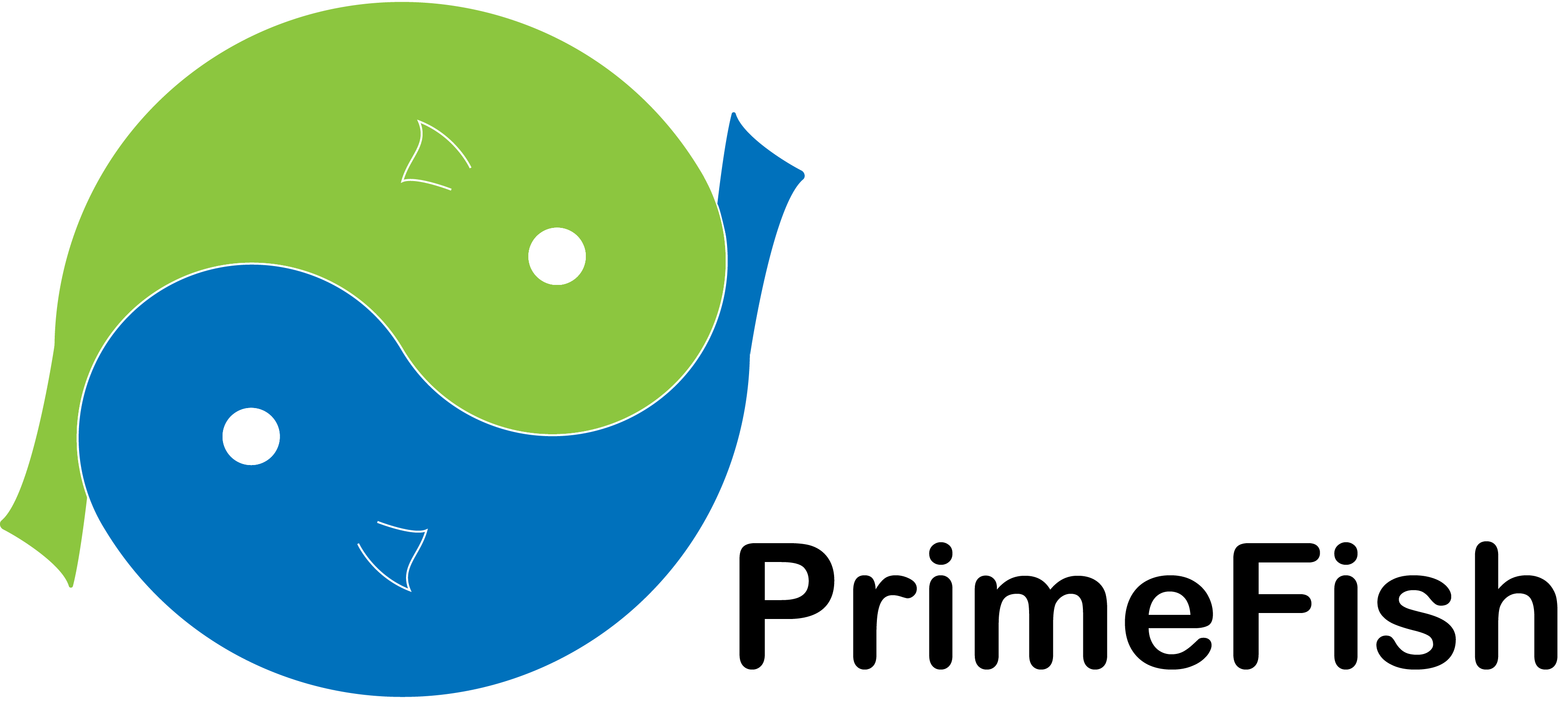Warning message
The subscription service is currently unavailable. Please try again later.This report discusses the various methods used in the various tasks and deliverables. The methodology used in PrimeFish spans a wide range of methods; from quantitative and qualitative analysis of interview data and simple descriptive statistics to state-of-the-art advanced statistical models.
Following a short introductory section, section 2 presents the growth accounting used to assess productivity in the harvesting sectors of Denmark, the Faroe Islands, Iceland, Newfoundland and Norway, while Section 3 describes the data envelopment analysis to study efficiency and productivity in aquaculture in several European countries and Vietnam. Section 4 presents the Kalman filter method which is used to study the occurrence of boom-and-bust cycles in various seafood markets. Section 5 discusses the method of co-integration which is used to analyse price transmission and market integration.
The global value chain analysis is presented in Section 6, and Sections 7 and Section 8 present the approach taken to study the how market institutions, labelling and certification affect seafood and aquaculture firms. The analysis of European seafood products innovations is discussed in Section 10, while the microeconomic models applied are illustrated in Sections 11 and 12. The methods chosen to analyse social awareness, attempts to stimulate fish consumption, and negative press, are presented in Section 13. The choice experiments conducted in WP4 are described in Section 14, while the fisheries and aquaculture competitiveness index is visited in Section 15. The methodology behind the boom-and-bust model developed in WP5 is presented in Section 16 and the latent class analysis and multinomial logistic regression used is discussed in Section 17.
 Deliverable 1.4. PrimeDSF methods compendium
Deliverable 1.4. PrimeDSF methods compendium
